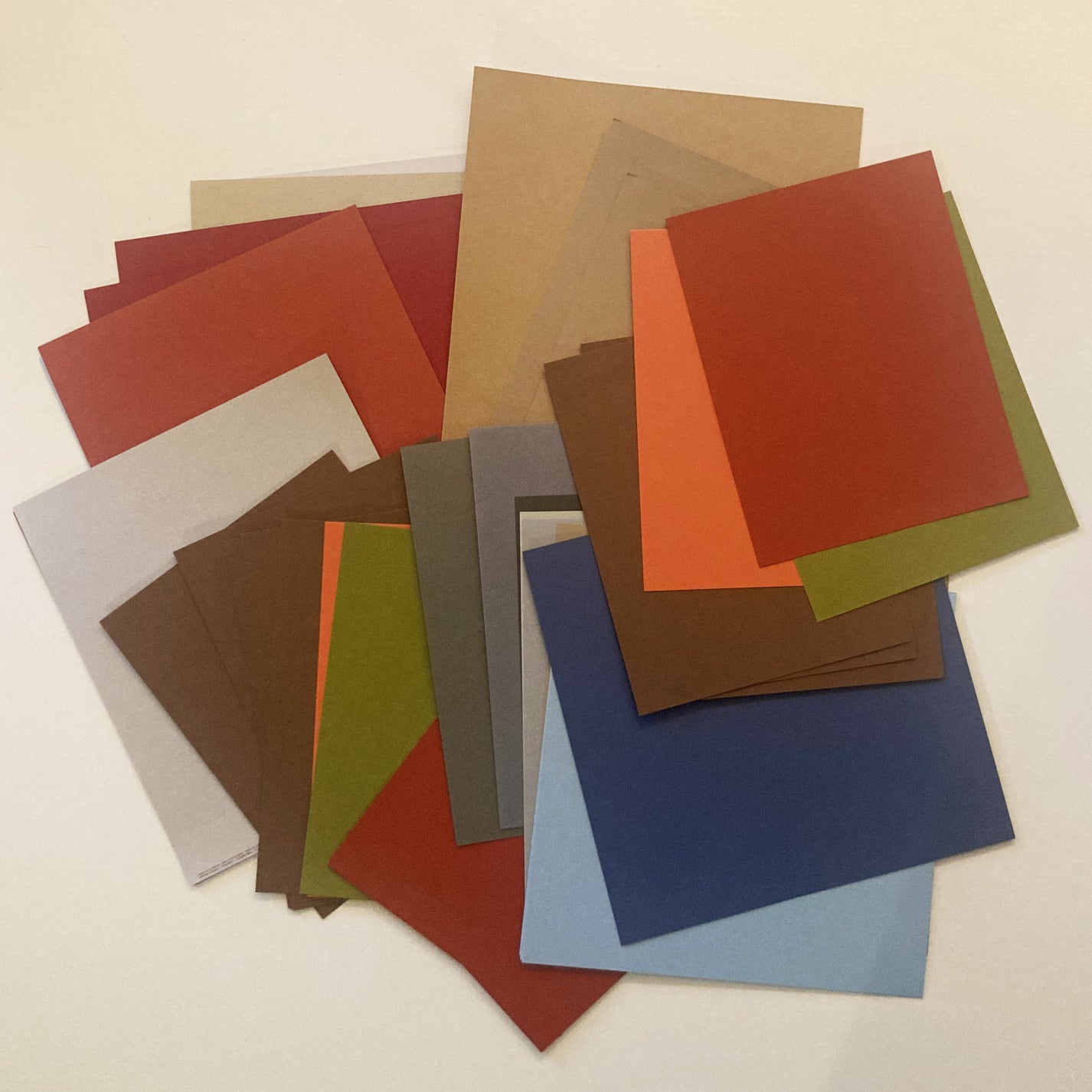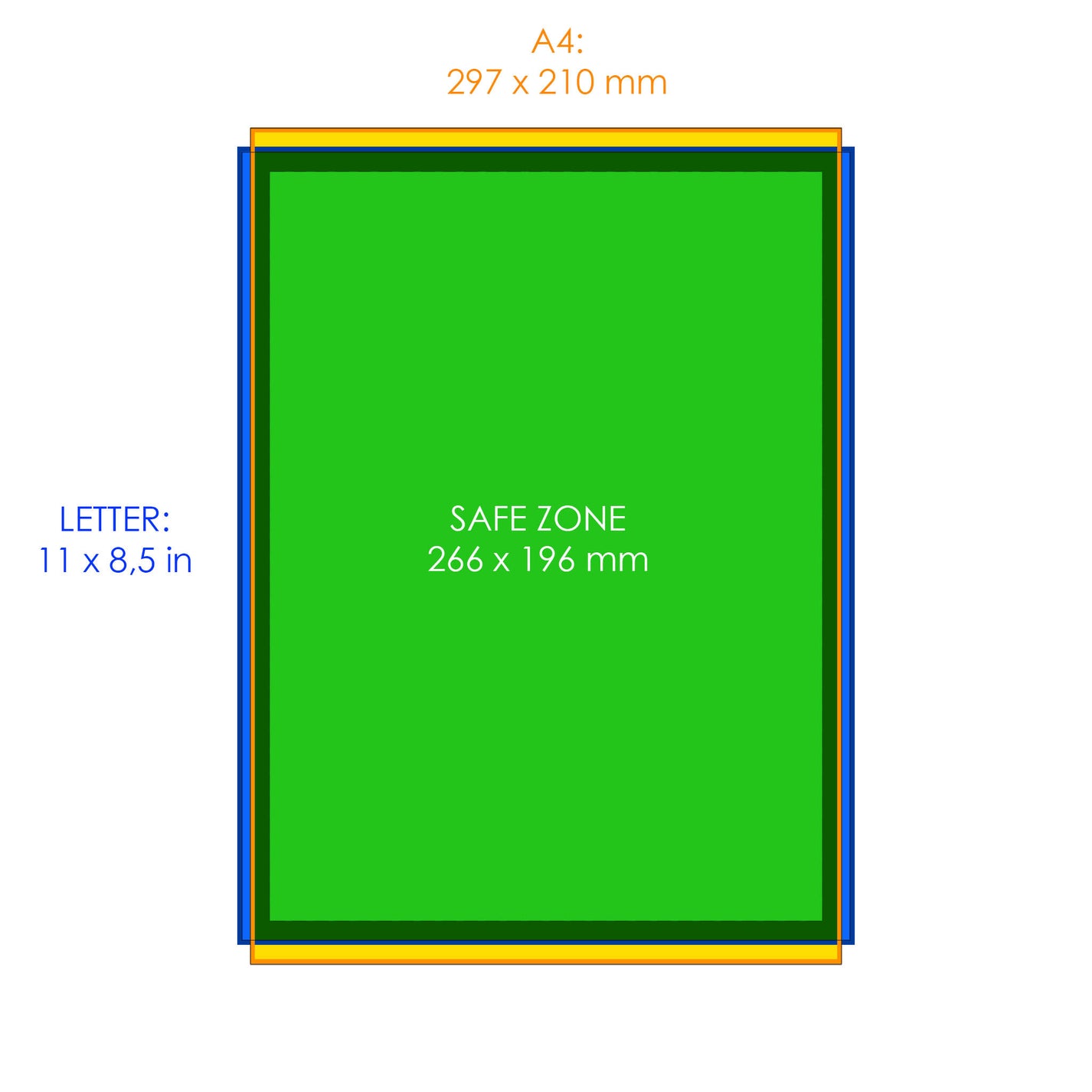CHOOSING THE RIGHT PAPER

PAPER WEIGHT
When selecting paper, the most important factor is thickness, often expressed as weight. The size of your model determines the appropriate paper thickness:
Smaller models need thinner paper.
Larger models require thicker paper for added sturdiness, though it can be harder to cut and fold cleanly.
Here are three common cardstock weights to consider:
Light Cardstock (65 lb – 176 g/m²)
The minimum weight I recommend. It’s suitable for small pieces but tends to wobble with medium or large models.
Medium Cardstock (80 lb – 216 g/m²)
My go-to choice! It strikes a perfect balance between sturdiness and ease of use, making it versatile for most projects.
Heavy Cardstock (110 lb – 300 g/m²)
Ideal for larger models due to its rigidity, but it’s harder to cut, score, and fold.
THICKNESS-TO-SIZE RATIO
Many of my sets include different size layouts. Here’s how to match paper thickness to model size:
Medium weight cardstock works well for layouts with two models per page.
For full-page layouts (one A4 or Letter-sized sheet per model), I recommend heavy cardstock for added rigidity.
For very small models, opt for light cardstock, which is easier to handle for detailed cuts and folds.
TECHNIQUE MATTERS
While heavier cardstock adds rigidity, it
also presents challenges:
Manual cutting and folding: Heavier paper is harder to score and fold
neatly.
Using a cutting machine: Double passes may be needed for clean cuts,
which can increase production time.

UNITS AND SCALE
METRIC VS. IMPERIAL
Canada, where I’m from, might be the only place in the world where we use both metric and imperial systems. Officially, we’re 100% metric, but due to our proximity to the U.S., many product —like paper—follow imperial standards.
To ensure compatibility, I’ve designed all printable templates to work with both US Letter and A4 paper sizes. This means you can print the templates on a standard home printer without scaling issues.
All designs are created using metric units, with the base unit being 1 cm. While the size of the models doesn’t matter much, if you want to maintain a uniform scale across different projects and models, make sure to print the PDFs at 1:1 scale.
In editing and fabrication software, make sure your settings are set to metric when importing the files